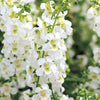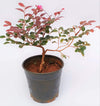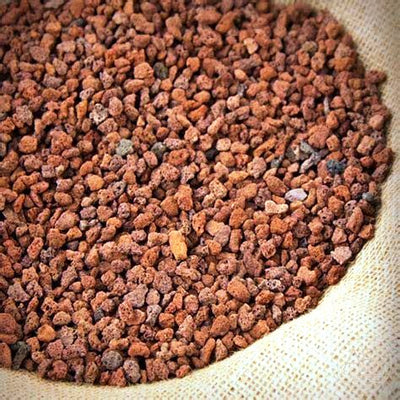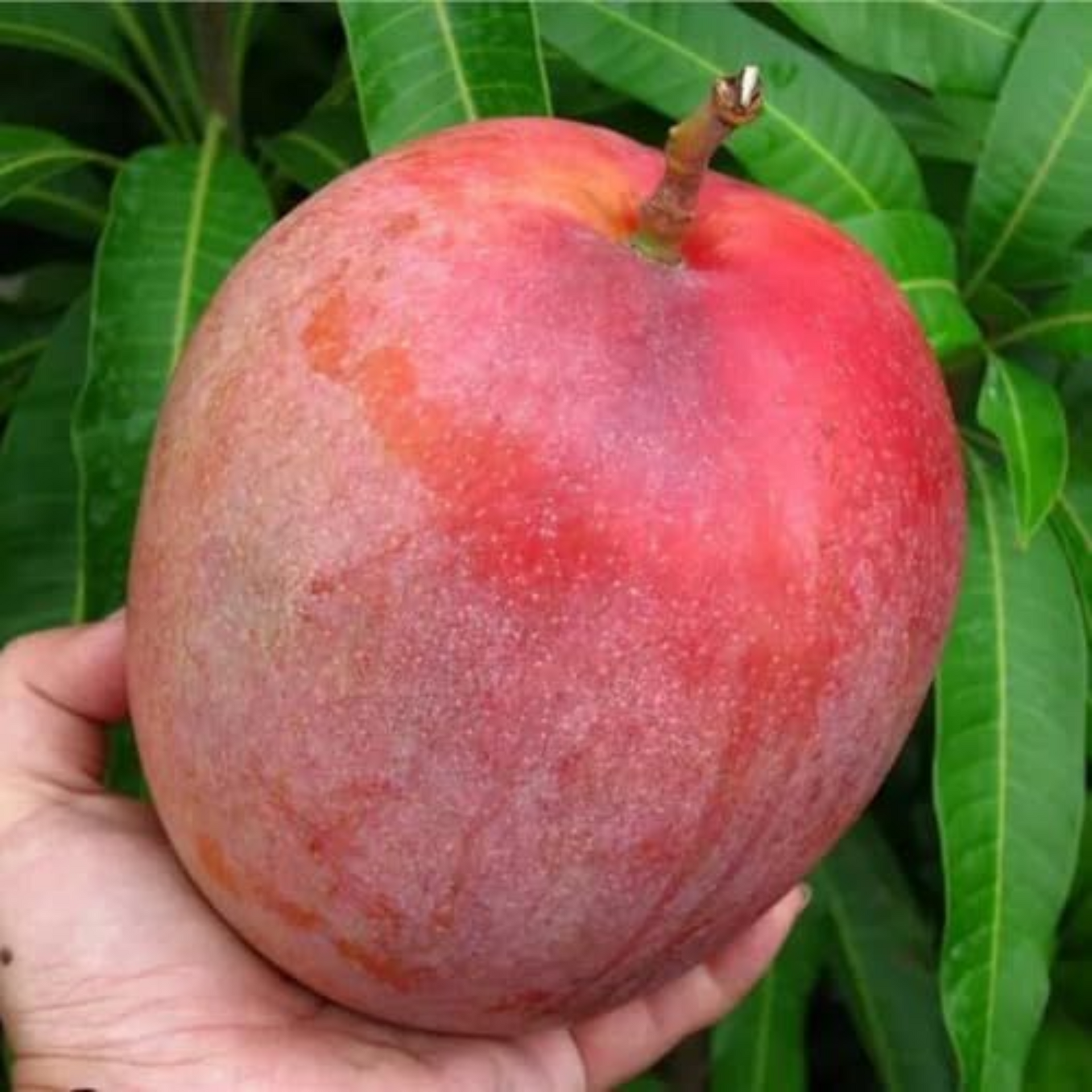
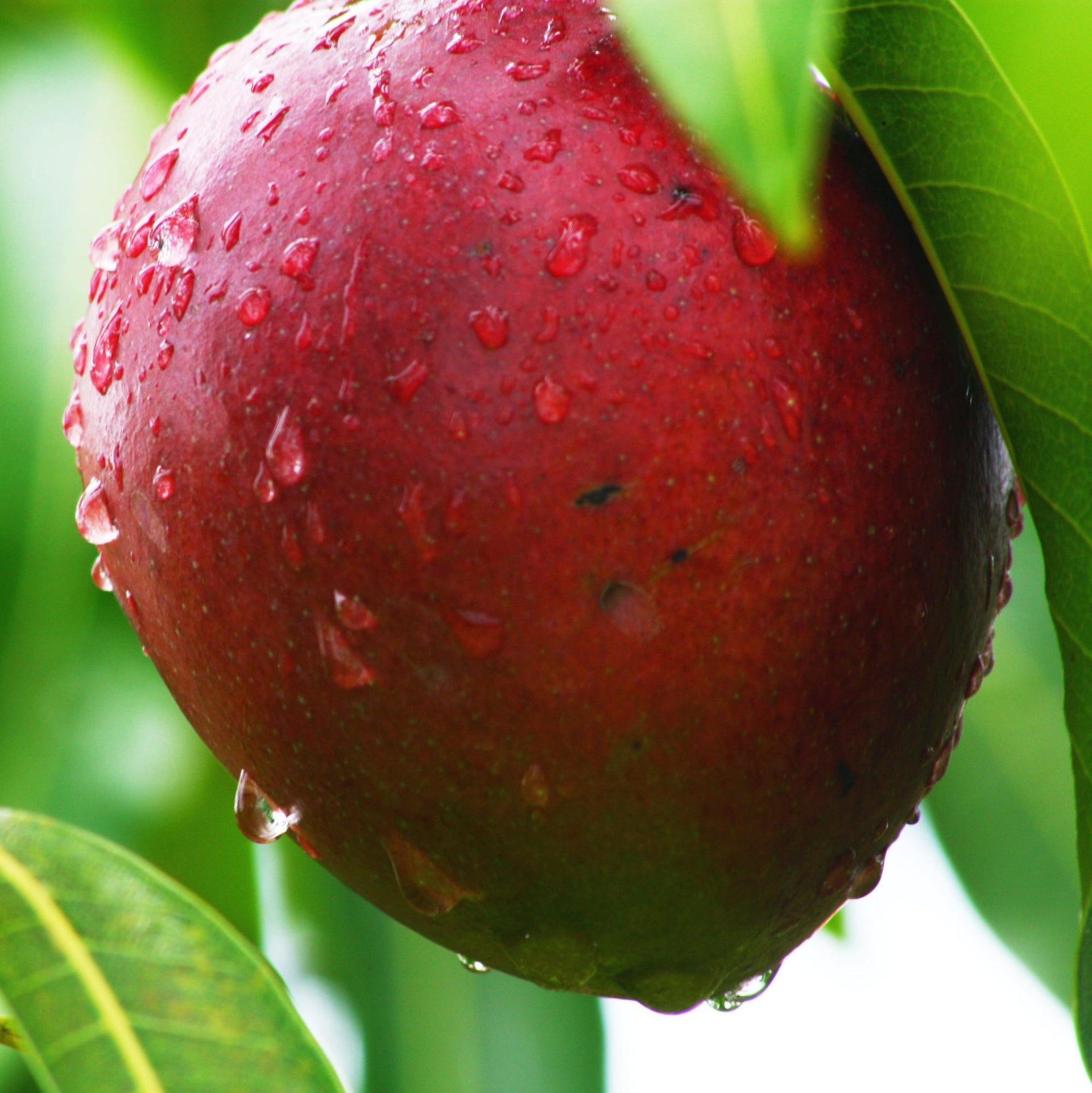
Exclusive Red Mango Live Plant-Green Paradise Live
Rs. 899.00
Guaranteed Safe Checkout
Green Paradise Offers Healthy Red Mango Plant
About Red Mango Plant
Red Mango, also known as the Indian or Bengal Mango (scientific name: Mangifera indica), is a tropical fruit-bearing tree native to South Asia. It is renowned for its delicious and sweet-tasting mangoes, which are highly sought after worldwide. The Red Mango plant belongs to the Anacardiaceae family, which includes cashew and poison ivy.
Here are some key details about the Red Mango plant:
Appearance:
The Red Mango tree is a large evergreen tree that can grow up to 100 feet (30 meters) tall. It has a dense canopy with thick, leathery leaves that are typically dark green in color.
Fruit:
The mangoes produced by the Red Mango tree are known for their vibrant red skin, although some varieties can have a combination of red and green hues. The fruit is oval-shaped and ranges in size from small to medium, depending on the variety. The flesh of the mango is typically golden yellow, juicy, and aromatic. Red Mangoes are known for their rich, sweet flavor with a hint of tanginess.
Cultivation:
Red Mango trees thrive in tropical and subtropical regions. They require a warm climate with temperatures above 40°F (4°C) to thrive. The tree prefers regularly watered soil with good drainage. While they can tolerate drought conditions, consistent watering helps ensure healthy growth and fruit production. Red Mango trees are often propagated through grafting or by planting the seeds of a mature mango fruit.
Harvesting:
The time it takes for Red Mangoes to ripen varies depending on the variety and growing conditions. On average, it takes around 100 to 150 days from flowering to fruit maturity. The mangoes are typically harvested when they have reached their full size and the skin has developed its characteristic red color. The fruit is usually hand-picked from the tree.
Culinary Uses:
Red Mangoes are incredibly versatile and used in various culinary preparations. They can be consumed fresh, sliced, or diced, and are often used in salads, smoothies, desserts, and chutneys. Mangoes are also processed into juices, nectars, jams, and preserves. In many cultures, mangoes are considered a symbol of summer and are highly cherished.
Nutritional Value:
Red Mangoes are not only delicious but also offer numerous health benefits. Vitamins, especially vitamin C and vitamin A, are abundant in them. Mangoes are also rich in dietary fiber, antioxidants, and various minerals. They provide a good amount of energy due to their natural sugars.
Red Mangoes are not only loved for their taste but also have cultural and traditional significance in many regions. They are celebrated in festivals, artwork, and literature, and have become a popular fruit worldwide.
How To Grow Red Mango Plant
Growing a red mango plant can be an exciting and rewarding experience.
Here are the general steps to help you grow a red mango plant:
Choose a suitable mango variety:
Select a red mango variety that is suitable for your climate and growing conditions. Some popular red mango varieties include Keitt, Irwin, Nam Doc Mai, and Kent.
Obtain a mango seed or plant:
There are two primary methods to start growing a mango plant: using a seed or purchasing a young mango plant from a nursery. Growing from seed is more time-consuming, as it takes several years for the plant to mature and produce fruit. Buying a young plant will give you a head start.
Prepare the planting location:
Mango plants require a sunny location with well-draining soil. Pick a location that gets direct sunshine for at least six hours each day. Ensure that the soil is fertile, loamy, and well-draining. Add organic materials to the soil, like compost, to increase its fertility and drainage.
Plant the mango seedling:
If you're using a seedling, dig a hole that is large enough to accommodate the roots of the plant. Gently place the seedling in the hole and backfill it with soil, ensuring that the plant is at the same level as it was in the nursery pot. If you're growing from a seed, plant it horizontally in a pot filled with well-draining soil, leaving one-third of the seed exposed.
Water the plant:
After planting, water the mango plant thoroughly to settle the soil and promote root establishment. Mango trees need regular watering, especially during dry spells or when the plant is young. Avoid overwatering, too, since too much moisture might cause root rot.
Provide regular care:
To ensure optimal growth, provide regular care to your red mango plant.
This includes:
Fertilization:
-
Apply a balanced, slow-release fertilizer specifically formulated for fruit trees. The prescribed dosage and frequency should be followed according to the directions on the fertilizer box.
Pruning:
-
Prune your mango tree annually during the dormant season to remove dead or diseased branches, improve airflow, and maintain a desired shape.
Mulching:
-
Apply a layer of organic mulch around the base of the plant to retain moisture, suppress weed growth, and regulate soil temperature.
Pests and diseases:
-
Monitor your mango plant for common pests and diseases, such as mango aphids, fruit flies, powdery mildew, and anthracnose.
-
Take appropriate measures, such as using organic insecticides or fungicides, to manage these issues if they arise.
Harvesting:
Red mango varieties generally mature and ripen during the summer months. The mango fruit will change color and become softer when it's ready to harvest. Gently twist or cut the mature fruit from the tree, leaving a short stem attached.
Remember, growing mango plants can be a long-term commitment, as it may take several years for the tree to reach maturity and produce fruit. Be patient and provide consistent care, and you'll eventually enjoy the delicious red mangoes from your plant.
Red Mangoes are not only loved for their taste but also have cultural and traditional significance in many regions. They are celebrated in festivals, artwork, and literature, and have become a popular fruit worldwide.

